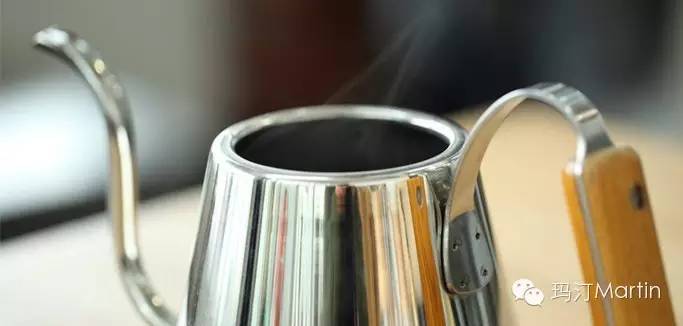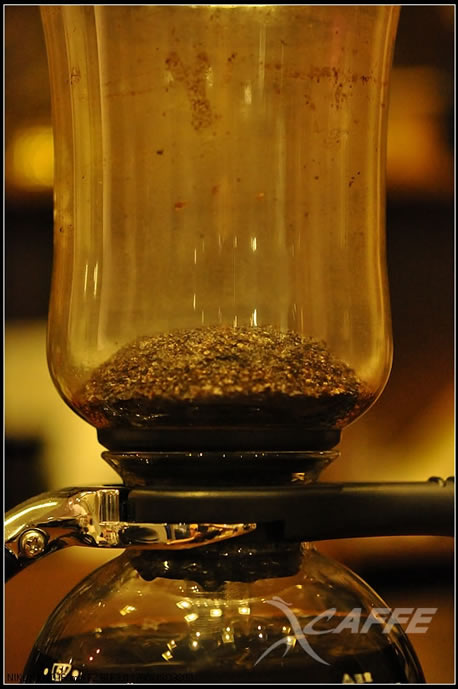European Dietetic Information Association survey: how much caffeine is in a cup of coffee?
Abstract: how many cups of coffee should be drunk every day has always been a controversial topic. For coffee consumers, what they want to know most is how much is a cup of coffee? How much caffeine is in a cup of coffee? ABSTRACT: About how many cups of coffee per day is still controversial. A team of scientists has delved into determine exactly what is considered "coffee".

On the official website of the European Dietetic Information Association (Consejo Europeo de Informacion Alimentaria), a clear definition has been given: a 150ml cup of roasted coffee contains 85 milligrams of caffeine. However, in fact, due to different cooking methods, everyone makes different coffee. A recent study in Food & Function confirms that the amount of caffeine in each cup of coffee depends on the type of beans and the way they are cooked. In addition, the report notes that people in special physical conditions, such as pregnant women and people with hypertension, should consume no more than 200 milligrams of caffeine a day.

The content of caffeine depends on the type of coffee beans and the way they are cooked
By studying and analyzing more than 100 kinds of espresso from Britain, Italy and Spain, the researchers hope to find the relationship between caffeine and caffeic acid (ACQ) in coffee. In addition to the general consistency of Italian coffee, the ratio of caffeine to caffeic acid varies greatly in Spain and the UK, depending on the size of coffee and the way it is cooked. The volume of a cup of coffee varies from country to country, so it makes no sense not to talk about how much caffeine a cup of coffee contains according to the specific "amount".

Second, the acid substances of coffee
What is the acid substance of coffee? Coffee beans contain a variety of polyphenols, among which acids account for the largest proportion. Epidemiological studies have shown that regular coffee drinkers can reduce the risk of type 2 diabetes, cardiovascular disease and some cancers, and coffee acids play a role. However, the specific role of caffeic acids remains to be further studied.
Although we have not studied thoroughly the acidity of coffee, the content of caffeic acid in coffee beans is more easily affected by the degree of roasting than caffeine. In addition, the type of coffee beans and the proportion of coffee beans will also affect the content of caffeic acid. For example, a cup of Robusta coffee contains twice as much caffeine as a cup of Arabica coffee.
Therefore, the researchers believe that the packaging of coffee beans should be more clearly marked with relevant information such as the caffeine content of coffee beans for consumers' reference.
Source: red Wine World
Important Notice :
前街咖啡 FrontStreet Coffee has moved to new addredd:
FrontStreet Coffee Address: 315,Donghua East Road,GuangZhou
Tel:020 38364473
- Prev

The method of brewing coffee by using drip filter cup is analyzed and explained in detail.
Prepare 600-700 ml of water and heat it. Weigh 25-30g coffee beans (this is three cups of powder) and grind them. At this time, use a bean grinder to grind the coffee beans into powder while the water is still heating. The thickness of the coffee powder is moderately ground (Coffee Ding has a professional bean grinder). The next step is to fold the filter paper (along the edge, which is consistent with the groove of the upper seat), and put the folded filter paper
- Next

Main points of knowledge of coffee brewing: skills of using siphon pot and analysis of common misunderstandings
Many people like the siphon pot because of its elegant utensils and operation, as well as the tuning of the chemical experiment, watching the magical process of hot water rising slowly from the bottom pot, and every step is in the hands of the maker. Siphon coffee has a strong appreciation and performance when it is made, even if people who do not have much contact with coffee usually have a good impression when watching the production.
Related
- What is the meaning of lactic acid fermentation with coffee bean treatment?
- How to judge the state of foam by sound?
- How does the latte pull out the unicorn pattern? Come to get for a little trick to improve the flower pull!
- Will flower pulling affect the taste of the latte?
- Do you know the history of coffee?
- The difference between honey treatment and sun washing what is raisin honey treatment?
- What kind of milk can a novice use to make coffee foam to keep the foam longer? The correct method and skills of milking tutorial sharing
- Why do washed coffee beans taste sour? Flavor characteristics of washed Coffee
- Introduction to the skill of how to practice the size and height of water injection around the circle of hand-brewed coffee
- How do beginners practice coffee flower drawing from scratch?

